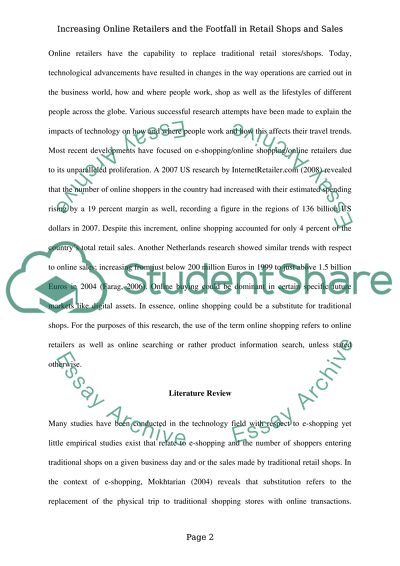Cite this document
(The Impacts of Online Retail Shopping on the Footfall in Retail Shops Research Paper, n.d.)
The Impacts of Online Retail Shopping on the Footfall in Retail Shops Research Paper. Retrieved from https://studentshare.org/sociology/1474261-research-methods
The Impacts of Online Retail Shopping on the Footfall in Retail Shops Research Paper. Retrieved from https://studentshare.org/sociology/1474261-research-methods
(The Impacts of Online Retail Shopping on the Footfall in Retail Shops Research Paper)
The Impacts of Online Retail Shopping on the Footfall in Retail Shops Research Paper. https://studentshare.org/sociology/1474261-research-methods.
The Impacts of Online Retail Shopping on the Footfall in Retail Shops Research Paper. https://studentshare.org/sociology/1474261-research-methods.
“The Impacts of Online Retail Shopping on the Footfall in Retail Shops Research Paper”, n.d. https://studentshare.org/sociology/1474261-research-methods.


